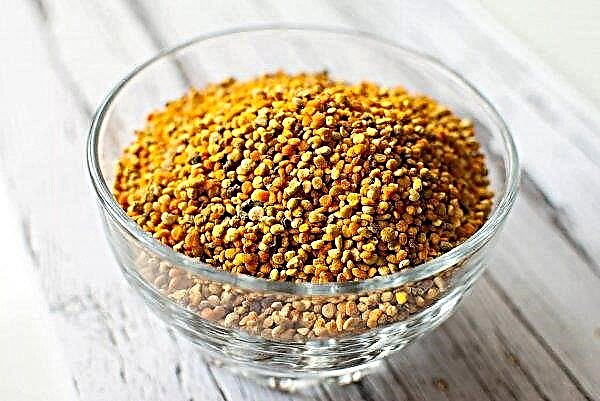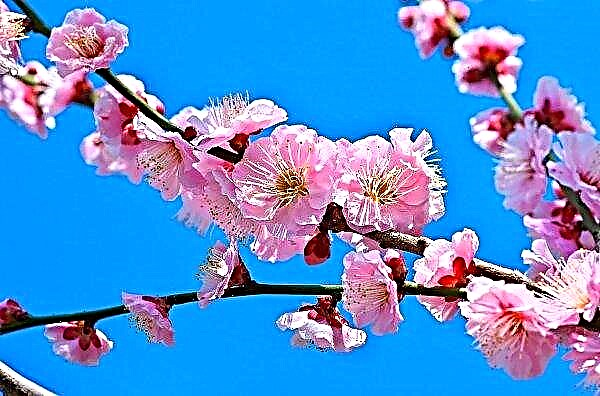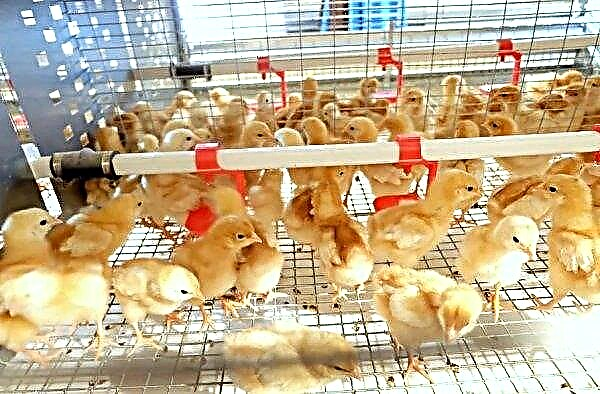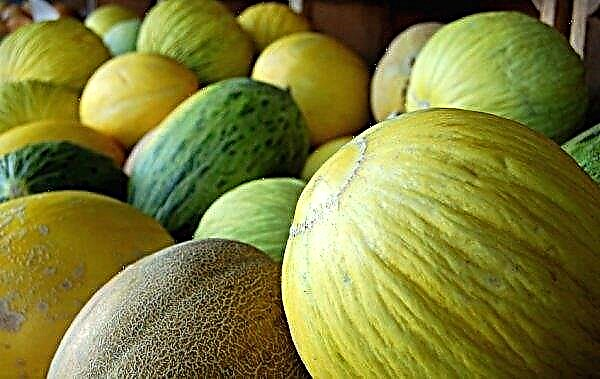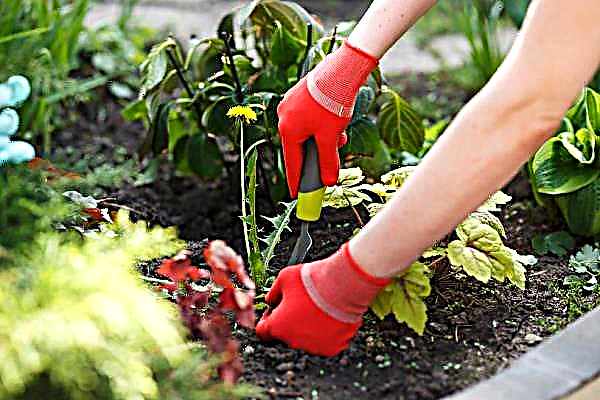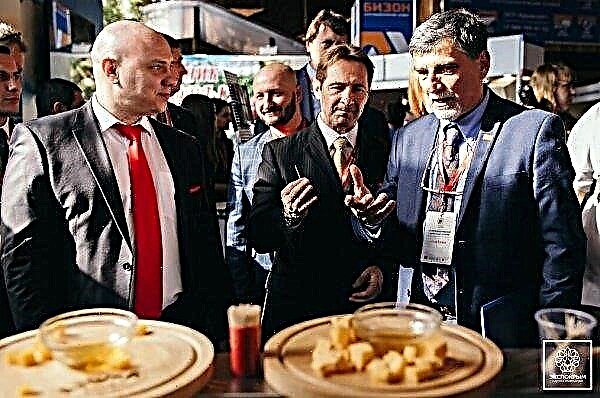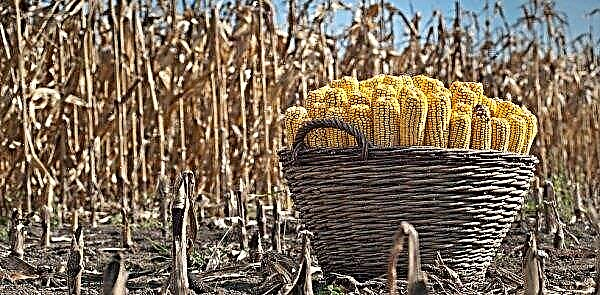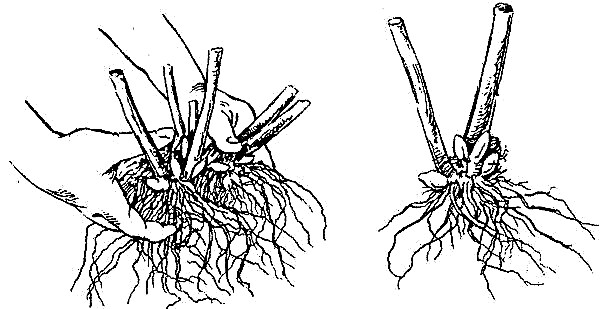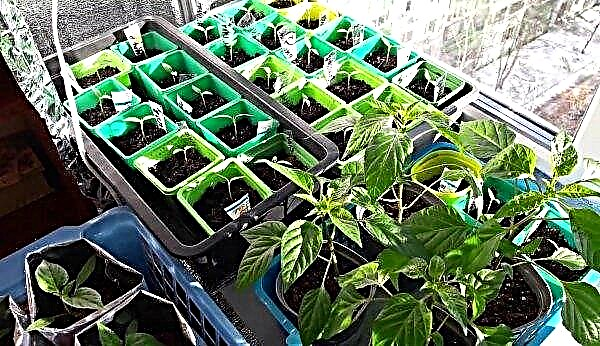The practice of beekeeping involves frequent use of feeding bee families. Sugar syrup is the most common among the known top dressings. It is important for every beekeeper to know the proportions for preparing the right food. Some beekeepers have a good forage base near the apiary and try to leave natural food in combs to ensure that their wards have sufficient volume. Weather conditions sometimes make adjustments in such a way that you cannot do without using a sweet liquid. It is worthwhile to understand this issue in detail.
Feeding bees: purpose, timing, methods and schemes
The vital activity and productivity of bees can sometimes decrease. The reason may be natural factors, diseases, insufficient amount of nutrients. Additional nutrition of bees is made in order to increase the efficiency of the apiary.
- In the fall to make up for the loss of feed due to pumping of a natural product.
- In winter for the full feeding of bee families.
- In the spring to stimulate the laying of the uterus.

Seasonal features and differences of top dressing (autumn, winter and spring)
Increasing the immunity of insects and preventing their death depends on the timing of the autumn feeding. Given the different periods of the onset of cold weather, which differ from year to year, it is necessary to calculate the timing of additional feeding so that the insects have time to process the feed to lower the air temperature.
At air temperatures below + 10 ° C, bees produce less invertase. Bees synthesize the invertase enzyme, which is used to make honey from nectar. This enzyme is a catalyst for the breakdown of sucrose. The result is fructose and glucose. Thus, autumn top dressing should be carried out in September.Did you know? A full-fledged bee family consumes an average of about 20 kg of protein and about 100 kg of carbohydrate feed per year.

A good wintering of little toilers is provided with complete food and, if necessary, additional nutrition. Stimulate insects by feeding before the start of the season in March-April.
What is the difference between inverted (invert) syrup and sugar
In an inverted solution, sucrose is already broken down into glucose and fructose. Thus, the time for sugar processing by insects is reduced. Such a solution can be made artificially by adding organic acids, or honey, or enzymes of lower organisms.
Preparation of inverted syrup with honey
Natural honey enzymes can be used to make inverted concentrate.
The technological process is as follows:
- Water needs to be boiled.
- Pour in sugar.
- Stir to dissolve the sugar.
- Cool the solution to a temperature of + 50 ° C.
- Add honey, the volume of which should be 5% of the total volume of the mixture.
- Pour the mixture into the feeders.

Sugar Syrup with Citric Acid
To accelerate the metabolism of insects after the winter months, you can prepare a sweet solution with citric acid.
To do this, you must:
- Dissolve 1 kg of sugar in 0.85 liters of hot water.
- Add 2 g of citric acid.
- Then heat for 70 minutes in a water bath.
Important! The acidity of sugar syrup is neutral (pH 7.0). Honey has an acidic reaction (pH 3.7–4,1).
With the addition of industrial invertase
Industrial invertase is obtained from yeast cultures and microscopic fungi. Invertase is a glycoprotein. The carbohydrate part of the molecule in yeast invertase is 30–80%, and in fungi, 10–12%.

Invertase of yeast and fungi is active at a pH of 4.0–4.5 and a temperature of +45 ... + 55 ° С. Hydrolysis of concentrated sucrose solutions leads to the formation of monosaccharides, which are more soluble, do not crystallize, and are well eaten by insects.
With the addition of lactic acid
Prepare an inverted concentrate with the addition of lactic acid in the following order:
- Take 1 kg of sugar.
- Take 0.5 liters of water.
- Add 2 g of lactic acid.
- Dissolve sugar in water.
- Add lactic acid.
- Boil for 30 minutes.
Syrup using enzymes of lower organisms
When preparing a solution with yeast, use:
- Sweet liquid (proportion: 1 kg of sugar per 1 liter of water).
- Next, take 100 g of fresh baker's yeast, grind with a small volume of solution.
- Then the yeast is diluted with the resulting mixture.
- The solution should be brought to a boil.

We get a solution containing 5% yeast. It is poured into the feeders. If you use dry yeast, then they must be dissolved in sweet water and kept warm for one day. Then combine with the concentrate.
The drug "Bee" for the preparation of invert syrup for bees
The drug "Bee" consists of yeast enzymes Saccharomyces cerevisiae Y2283, as well as vitamins and minerals. "Bee" is used in August or September. To prepare an inverted concentrate, it is necessary to add the drug, based on the proportion: 2 g of the drug per 5 kg of sugar. Autumn top dressing with the drug - 8 g for each bee family.
The rules for feeding bees with invert syrup
Workers should be fed in the evening. In autumn, the prepared mixture is placed in the feeders, and in the spring - in bags on frames. Depending on the desired result, you need to know the recommended proportions of sweet liquid.
Important! Bees tolerate winter better and develop if they are fed a solution of 60% concentration.
| The concentration of sugar syrup,% | Water, l | Sugar, kg |
| 40 | 1,5 | 1,0 |
| 50 | 1,0 | 1,0 |
| 60 | 1,0 | 1,5 |
| 70 | 1,0 | 2,0 |
Liquid feed
Liquid food is more often used in spring as a stimulant for the development of bee colonies. To prepare it, it is necessary to bring 1 liter of water to a boil and add 1 kg of sugar to it with constant stirring. The yield of concentrate in this case will be 1.6 l, the concentration of sucrose - 50%.
Thick food
Thick food is often used in the fall. To prepare it, bring 1 liter of water to a boil and add 2 kg of sugar to it with constant stirring. The result is a syrup with a concentration of 70% sucrose.
Dosage
It is important to know how many liters of fluid can be given in one go.
The dosage of the inverted concentrate in the diet of insects is as follows:
- For the first time, it is distributed at 0.5–1 L per bee family.
- Slow consumption of the product indicates that the portions are large. In this case, the portions are reduced.
- The feeding dose is 3 liters per family for three days.

How to give out
Pack the inverted concentrate in bags and put on a honeycomb, then the insects gnaw on the bag. It is possible to place food on ceiling and frame feeders. The fluid must be warm. Do not allow overheating of the mixture above + 50 ° C.
Did you know? Experienced beekeeper leaves to bee families 25 each fall–30 kg of benign honey.
Why don't bees take syrup?
Sometimes insects do not take sweet liquid well. The cause of this may be a disease or a weakened state of bees. In this case, spraying the hive with a medicinal composition will help. Another option for refusing syrup may be too thick a concentration of syrup. In this case, it is necessary to reduce the dose of the concentrate in order to prevent fermentation in the feeders.
Another option for refusing syrup may be too thick a concentration of syrup. In this case, it is necessary to reduce the dose of the concentrate in order to prevent fermentation in the feeders.
Is it possible to feed bees with fermented honey
Using fermented honey is dangerous. You can not boil it, because in the process of boiling, honey is caramelized. Frames with fermented and soured food should be removed from the hives.
Alternative methods for feeding bees
There are other mixtures that are used in beekeeping, in particular: candi, bee bread with milk, bean bread with yeast, sugar candies.
Kandy Recipe
In apiaries, a product such as kandy is used.
The recipe for its preparation is as follows:
- Honey - 1 serving.
- Powdered Sugar - 4 servings.
- Heat the honey in a water bath.
- Sift the powder through a sieve.
- Mix 2 ingredients.
 Kandy is used in the winter.
Kandy is used in the winter.Perga or its substitute
Perga is a pollen of plants that a honey bee collects in cells of honeycombs; it is a protein-carbohydrate feed of insects. Using bee bread and its substitutes, consider their effect on small toilers. In the spring, give the beef and milk. These products help to grow brood. In the fall, give the beef and yeast. By consuming such a product, bees will be able to increase their protein supply, thus increasing their chances of wintering. The source of protein is whole or dried milk, as well as brewer's or baker's yeast.

For feeding with whole milk, use a thick sugar concentrate (70%) and an equal volume of milk. Give the prepared mixture in small portions of 250 g to ordinary feeders. Powdered milk is mixed with honey, the resulting mass must be decomposed into 400 g frames.
Sugar candies
Sugar candies are also used as top dressing.
To prepare them you need:
- Pour 1 part of water into the dishes.
- Add 5 parts sugar.
- Put on fire and boil for 30 minutes, stir constantly.
- For 1 kg of sugar add 2 g of citric acid.
- Lollipops are ready when the mixture does not spread.

Harm sugar syrup for bees
The relationship between the benefits and harms of sucrose is obvious. If the bees are fed sucrose, they are depleted by the production of protein enzymes, after which they cannot participate in the cultivation of a new generation. The brood is reduced by 30%, which is the reason for the slowdown of their development. The life span of insects is reduced. The uterus wears out and has to be replaced frequently. Do not abuse sugar top dressing.
It is possible to prevent insect diseases on condition of moderate honey collection, leaving food for the younger generation. It is necessary to maintain a population of bee colonies.The beekeeper decides what kind of food to give, what additives to use. The choice is very important not only for the effective management of its economy, but also for the entire population of the planet. Nowadays, the preservation of bee colonies is the primary task of every person. We wish you good honey collections and healthy bee families!

